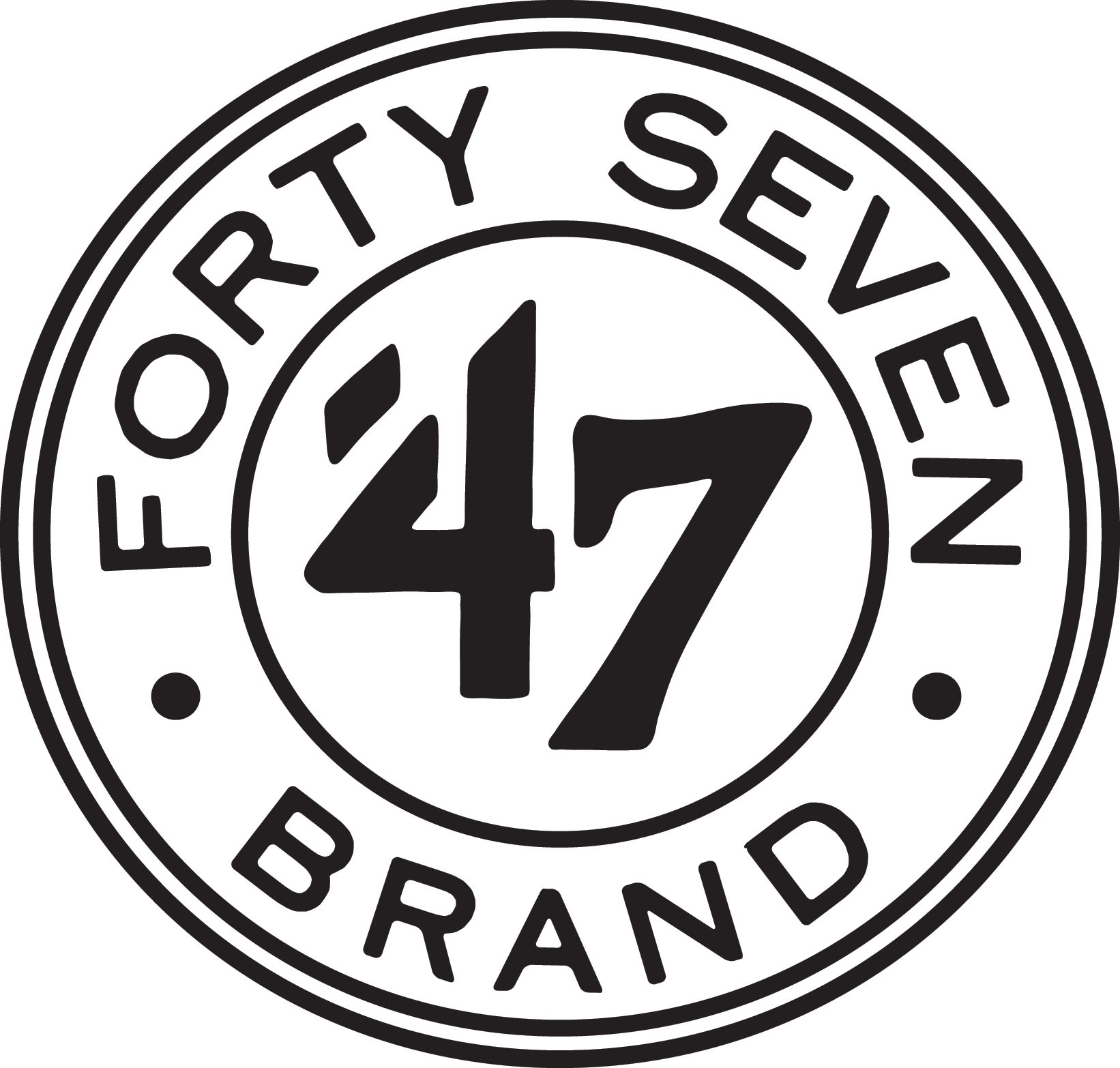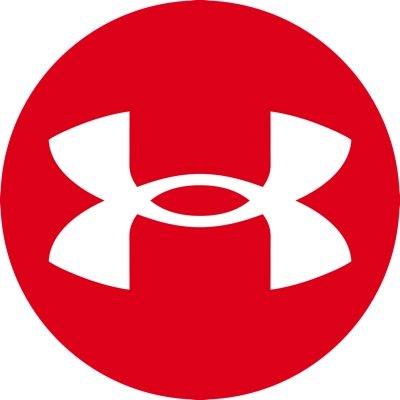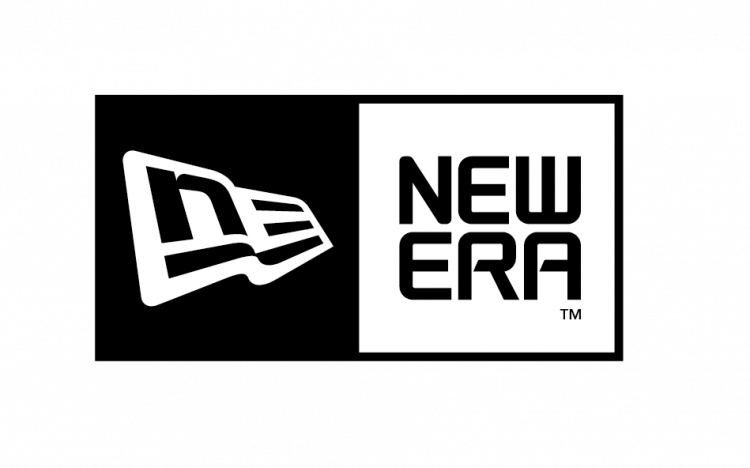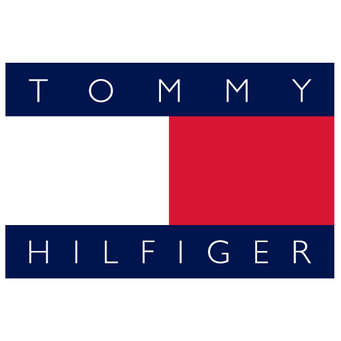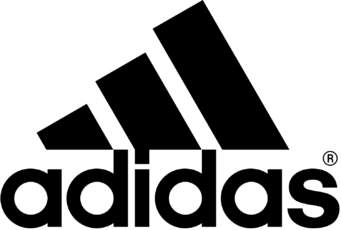The retail pharmacy market has garnered increasing attention from investors of late, not all of them experienced in the field.

In the late afternoon on a blazing hot summer day in Ho Chi Minh City’s Binh Thanh district, Mr. Nguyen Tien Huy, a Grab Taxi driver, felt dizzy and had a headache so he dropped into a pharmacy to buy some medicine.
Like everyone else in Vietnam, he simply described his symptoms to the staff and bought medicine that in most Western countries would require a prescription.
The easy of purchasing medicine and its 90 million-strong population make Vietnam attractive to local as well as foreign pharmaceutical investors.
A recent report entitled “Vietnam Pharmaceuticals and Healthcare” from researchers Business Monitor International (BMI) found that Vietnam’s pharmaceutical market has consistently recorded double-digit growth over the last few years, regardless of economic circumstances.
Apple of their eye
Giant mobile retailer the Mobile World Investment Corporation (MWG) recently revealed a plan to penetrate into the local pharmacy business, with Mr. Nguyen Duc Tai, Chairman of MWG, telling the company’s annual general meeting in April that it would open a pharmacy chain.
A representative from MWG told VET that the company will seek a small partner, which already possesses locations and expertise in the market but which has been incapable of expanding, and conduct a merger and acquisition (M&A) deal, rather than taking two or three years to research and thoroughly understand the pharmacy business.
MWG is especially interested in a pharmacy chain with about ten to 15 outlets. Initially, it would buy 20-40 per cent then increase its ownership to 60 per cent, and is willing to part with $22 million.
Another major retailer in Vietnam’s electronics sector, Digiworld (DGW), also recently announced a new strategy of entering into the lucrative healthcare product retail market in June, starting with functional food distribution.
Mr. Doan Hong Viet, Chairman of DGW, told VET that under the plan the company would spend around $2 million on human resources and sales outlets along with warehousing.
Moreover, DGW has targeted the new business category earning a profit by 2018 and contributing to the company’s revenue by some $4 million this year alone.
The new product category would be delivered via a pharmacy chain. Regardless of size, any new player in this market will face certain challenges.
One of those, Mr. Viet said, is that the company can’t take advantage of its 6,000 retail electronic outlets and would have to establish a separate sales network for its healthcare product distribution.
Furthermore, while DGW’s total estimated revenue in 2017 may increase by nearly $4 million from the new business expansion, after-tax profit would fall to around $2.5 million from the $3.3 million previously targeted.
Though not participating in pharmaceutical distribution at hospitals, DGW will still have to establish relationships with authorities and experts in the local healthcare sector.
Joining MWG and DGW, the leading company in Vietnam’s information and communications technology industry, the FPT Group, is also considering entering into the field.
Ms. Nguyen Bach Diep, CEO of FPT Retail, told local media it was thinking about investing in a pharmacy retail network given the digital equipment retail market, its traditional line of business, has become saturated.
She added that the investment, if conducted, will be done after proper analysis and it would seek partners to share the associated risks.
Fertile land
According to the BMI report, Vietnam’s pharmaceuticals and healthcare sector recorded revenue of $4.7 billion in 2016, for growth of 10.2 per cent against 2015.
Retail turnover accounted for about one-third, or $1.56 billion.
A US IT services company in the healthcare industry, IMS Health, has forecast that the use of medicine in Vietnam will see revenue rise to $10 billion by 2020.
Its estimate is based on Vietnamese people’s spending on pharmaceutical and healthcare products remaining quite low at this point in time, at only $41 per capita annually, compared to $54 in Malaysia, $64 in Thailand, and $138 in Singapore.
BMI anticipates Vietnam’s pharmaceutical consumption will reach $7.27 billion by 2019, representing average annual growth of 13.4 per cent.
Figures from global market researcher Frost & Sullivan and the World Bank show that total spending on healthcare services in Vietnam was $13 billion in 2015 and is estimated at $24 billion by 2020.
Other factors, including its young population, increasing middle class, and rising average per capita income are all good news for Vietnam’s pharmaceutical and healthcare sector in general and pharmaceutical retailers in particular.
Pharmacy numbers, by brand

Source: VET research
Annual per capita pharmaceutical spending, by country

Source: BMI report, 2016
According to the Vietnam Association of Functional Foods (VAFF), the domestic market had only 60 dietary supplement products in 2000 but by 2015 had 6,800.
Herbal and traditional products account for up to 70 per cent.
Such promising figures have attracted nearly 4,000 companies to do business in vitamins and dietary supplements.
As Mr. Viet from DGW commented, the healthcare product category has been highly fragmented, with a lot of good quality products, but companies don’t know how to promote them in the market.
“Many manufacturers don’t have the resources to build their own distribution systems, and this is a good opportunity for DGW as well as other investors,” he said.
DGW, despite being a novice in the pharmacy sector, has bravely set a target of having 20,000 points of sale in just three years.
Mr. Viet added, however, that it will act cautiously, and after gaining a certain level of success in one category will develop another.
It also expects to push up M&A activities in order to join the local healthcare product distribution sector more quickly, just as MWG plans to do.
After M&As, MWG projects a pharmacy store chain of up to 500-800 outlets.
It’s highly possible that MWG or DGW may shake hands with existing retail systems, for example Phano Pharmacy or Pharmacity, which have experience but face difficulties in expanding and securing favorable locations.
Traditional model vs. modern chains
Recognizing the potential of the sector, the Vietnam-based fund management and private equity firm Saigon Asset Management (SAM) became a strategic partner of My Chau Investment Corporation, the owner of the My Chau pharmacy chain, last year, securing a 15 per cent stake.
A year after the investment, Mr. Louis Nguyen, Chairman and CEO of SAM, told VET that the chain remains a work in progress.
“Not many traditional pharmacies can guarantee that the pharmaceuticals they sell are authentic, and this problem is much more prevalent in rural areas,” he said.
“This leads to lack of consumer confidence but presents a great opportunity to retailers that can certify the authenticity of their products.”
Such comments show the advantages modern pharmacy chains hold compared to traditional pharmacies.
Industry insiders, however, acknowledge the popularity of traditional pharmacies among Vietnamese people. Habits, though, are changing, according to Mr. Truong Minh Hai, Managing Director of the Phano Pharmacy chain, who believes the modern and standardized pharmacy model, selling prestigious brands, will gradually be preferred by consumers in the future.
The local pharmacy market has witnessed a wave of investors in the retail sector over the last two years, engaged in a race to expand networks.
Those leading the market in terms of locations include Phano Pharmacy, with 67 outlets, and Pharmacity, with 54, and both are expanding rapidly.
A new player, Vistar Pharmacy, which only launched its chain last year, already has 20 outlets in Ho Chi Minh City.
The arrival of MWG, DGW, and FPT along with expansions by existing players is certain to push up the competition to the next level.
In addition to increasing the number of locations and expanding to other cities and provinces, retailers also have their own particular strategies.
While Phano Pharmacy and Pharmacity concentrate on standard pharmacies under the international model, Vistar has chosen to sell both healthcare and beauty products.
According to a recent Nielsen report on the competition in Vietnam’s retail market, the convenience store and modern pharmacy chain models are growing significantly in both developed and developing markets like Vietnam.
Nevertheless, Mr. Robert Tran, CEO of the Robenny Corporation in Canada - USA and Asia Pacific, a global business development strategy advisory group, emphasized that the modern pharmacy chain model will have a tough time reaching into rural areas because of the habit among local people of buying medicine at traditional pharmacies.
As a result, “traditional pharmacies will continue to develop in Vietnam,” he believes.
VN Economic Times











